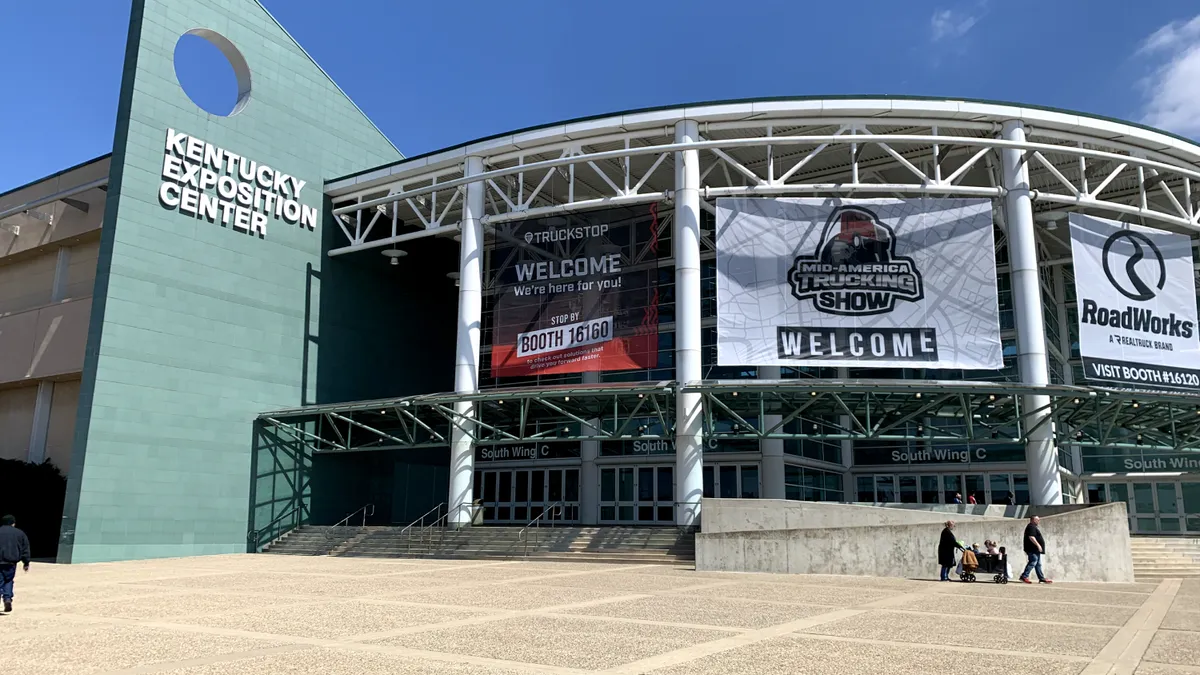Virtual reality for training is a growing industry. Some providers are finding their niche in helping to improve driver outcomes. Advanced Training Systems and VR Motion are two companies that have emerged in recent years to provide VR training for commercial drivers.
Employees across industries have shown strong interest in VR training, with commercial drivers among those demonstrating the greatest interest in the learning tool.
Because VR scenarios can realistically mimic the sudden onset of unsafe conditions, they are among the most useful training methods for drivers, studies show.
Simulated reality also seems to stick better in the minds of trainees; Stanford University and Technical University Denmark found that VR learning methods increased learning effectiveness by 76%.
"When you have heavy traffic, freezing rain, and icy roads, there are things you can’t do, at least not safely," John Kearney, CEO of VR training company Advanced Training Systems, wrote in a blog post on the company’s website after a 133-car pileup in Fort Worth, Texas, in February. "You can’t drive at normal distances from the vehicle in front of you, you can’t drive at normal freeway speeds, and you can’t slam on your brakes."
Advanced Training Systems works with delivery and freight-moving companies, government agencies, and nonprofits, Kearney said. The company produces simulators that train students to shift, use passive-resistance and force-feedback steering, back up, and perform other actions common for large trucks. It also tests students on their reactions to potential hazards, such as an animal jumping out in front of the truck or an icy road.
With a VR system, situations can be trained and retrained until it’s in the trainee’s memory, Kearney told Transport Dive sister publication HR Dive.
"We can't do that in a real track ... you can't keep recreating [a scenario] without spending a fortune." In addition, training on a real track takes a tremendous amount of time. "Simulators reduce the training time significantly," he said.
Recently, high schools have begun introducing truck driving programs to help students prepare to earn a CDL. "It’s a huge new field," Kearney said. "If the school system can train the student while they're in high school, then we don't have a huge cost to the student and they can get out of high school and start driving."
UPS is among the companies that have trained drivers using VR technology. And Amazon, CVS and Kohl’s have hired drivers trained through high school programs outfitted with Advance Training Systems equipment.
Broadly, training as a focus for VR has grown significantly in recent years. The VR industry is beginning to tilt more in the direction of enterprise use, which 73% of VR companies reported working on, rather than consumer use, which fewer than half of those companies said they were working on, according to a 2019-2020 XR Industry Insight report.
VR, along with other immersive learning platforms, are "poised for dramatic growth," JFFLabs said in a January 2020 report.














